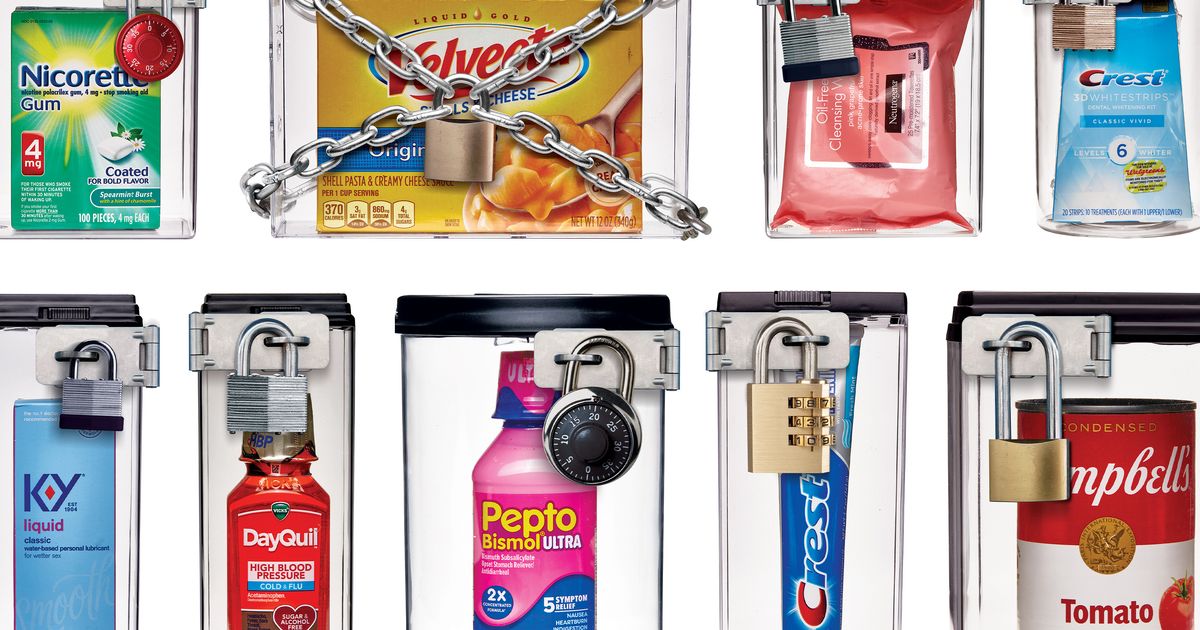Core Concepts
The author delves into the intricate world of shoplifting, exposing the organized crime behind it and shedding light on the impact on retailers and society.
Abstract
Shoplifting has evolved into a sophisticated criminal enterprise, with boosters targeting cosmetics and other high-value items from major pharmacy chains. The rise of online marketplaces has facilitated the sale of stolen goods, contributing to a surge in retail theft complaints. Retailers are grappling with significant losses due to shoplifting, prompting increased security measures and legislative actions to combat the issue. The article provides insights into the lives of boosters, their methods, motivations, and the broader societal implications of this pervasive crime.
Here’s Why Everything at Walgreens Is Suddenly Behind Plastic
Stats
The NYPD reports a 66 percent increase in retail-theft complaints since 2019.
54 percent of small-business owners reported a rise in shoplifting incidents.
Target estimated $600 million in profit losses due to theft by the end of the year.
Quotes
"He was doing that shit like he was operating a completely legitimate business." - Jerard “Italiano” Iamunno
"It took me a very long time to not give a shit." - Sunglass Hut employee
Key Insights Distilled From
by James D. Wal... at www.curbed.com 01-18-2023
https://www.curbed.com/article/walgreens-duane-reade-cvs-rite-aide-nyc-shoplifting-new-liberty-loans.html
Deeper Inquiries
What societal factors contribute to the rise in shoplifting incidents?
The rise in shoplifting incidents can be attributed to various societal factors. One significant factor is the increase in drug addiction and homelessness, which drives individuals to steal goods to support their habits or basic needs. Economic disparities and financial struggles also play a role, as people facing financial difficulties may turn to theft as a means of survival. Additionally, changes in laws and policies related to bail reform and law enforcement priorities can impact the frequency of shoplifting incidents. The normalization of online resale platforms has made it easier for stolen goods to be sold anonymously, contributing to the growth of organized retail crime rings.
How can retailers strike a balance between loss prevention measures and customer experience?
Retailers can strike a balance between loss prevention measures and customer experience by implementing security strategies that are effective yet unobtrusive. Utilizing technology such as surveillance cameras, electronic article surveillance tags, and RFID systems can help deter theft without negatively impacting customers' shopping experiences. Training staff members on how to identify suspicious behavior discreetly while providing excellent customer service is crucial. Moreover, creating a welcoming environment where customers feel valued and respected can enhance their overall shopping experience while still maintaining security protocols.
How can communities address underlying issues such as addiction and homelessness that drive individuals to engage in shoplifting?
Communities can address underlying issues such as addiction and homelessness through comprehensive approaches that focus on rehabilitation, social services, and support systems. Providing access to substance abuse treatment programs, mental health services, affordable housing options, job training opportunities, and community outreach initiatives are essential steps towards addressing these root causes effectively. Collaboration between law enforcement agencies, social service organizations, healthcare providers, non-profit groups, and local government entities is key in developing holistic solutions that offer support rather than punitive measures for individuals struggling with addiction or experiencing homelessness.
0
